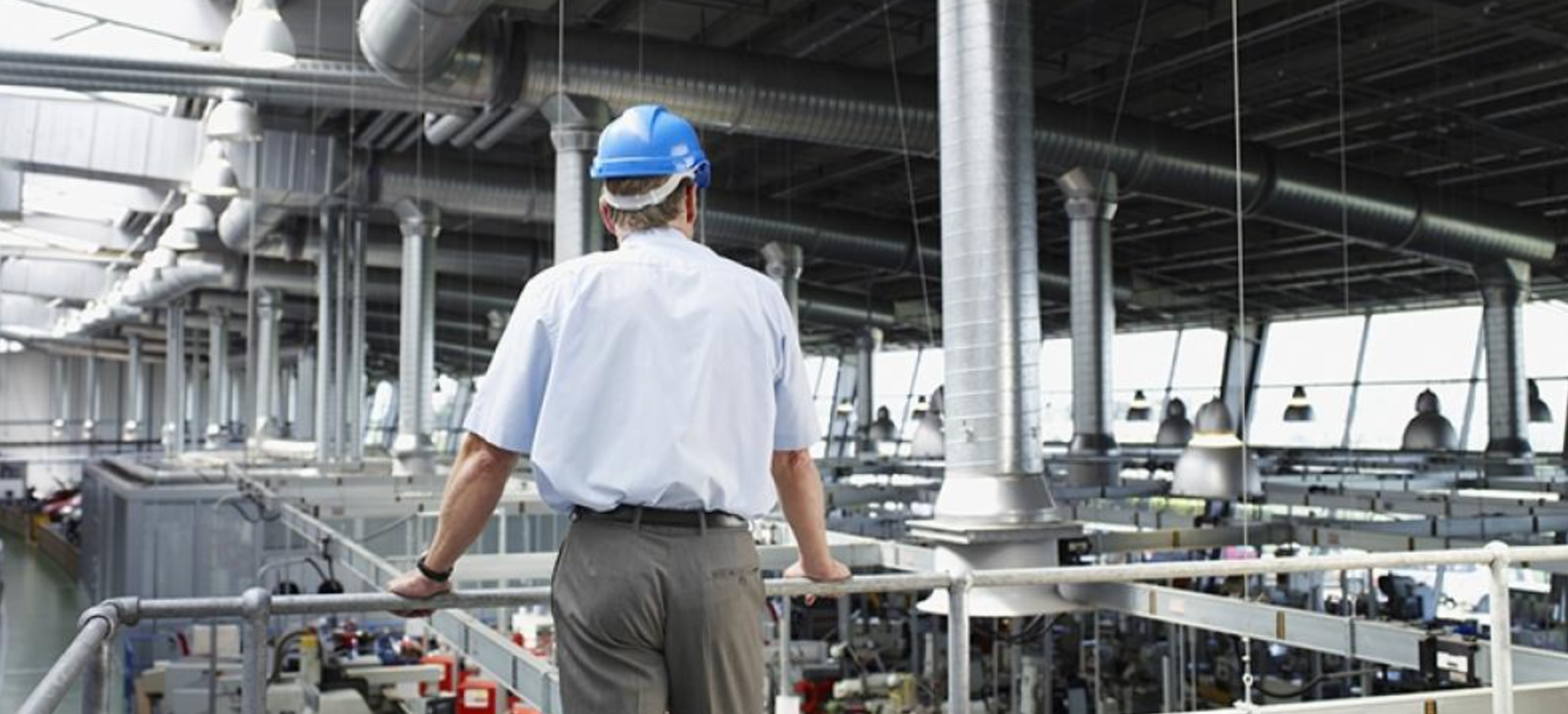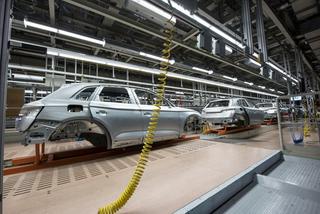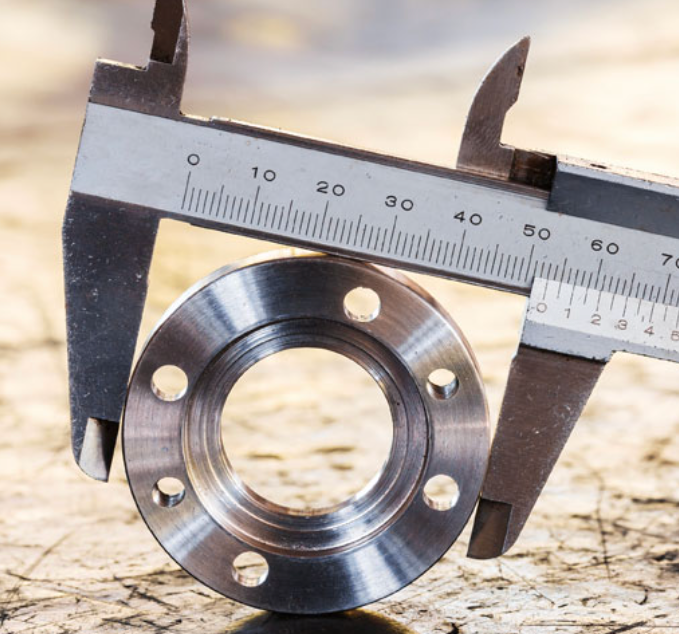Blog
3 best practices to achieve lean in workcell design

Traditional machine and fabrication shops divide their floor into multiple departments that group similar equipment or processes, and then move materials in and out once the process is complete. For example, Department A drills parts for a gearbox, Department B assembles the gearbox, and Department C adds lubricant and assembles the case. Although easy to compartmentalize, this design does not align with lean manufacturing due to wasted motion (moving materials to and from departments) and wasted time (inefficiently communicating between teams). For these reasons and more, many manufacturers utilize a batch production methodology, with machines and processes co-located in work cells in a cellular manufacturing layout. In a cellular manufacturing layout, problems in your production flow are quickly detected because of higher visibility. Because of this, lean manufacturing principles can be applied with a rapid feedback loop to observe improvements immediately. Read on for 3 best practices* to ensure a lean manufacturing process in your plant.
Cellular manufacturing, or work cell optimization, is a practice that brings equipment, people and process into a single location, designed to improve efficiency, quality and throughput. Within the work cell layout, batch production is often used to manufacture the product stage by stage over a series of workstations.
The process enables single-piece flow; therefore, there’s minimal movement of product and there aren’t redundant activities from cell to cell. Cellular manufacturing offers increased communication and problem solving amongst employees working next to each other that is not possible across multiple adjacent departments. It also eliminates wasted time and movement. The immediate benefits are the reduction of staging and waiting between departments and elimination of unnecessary transportation - both of which shorten the time between processes. Ensuring these elements are in one area is step one, but design of the area needs to be fully optimized to leverage the value that cellular manufacturing can offer. Here are three best practices to consider when designing your process:
1: Group a family of parts for production
Choose a family of parts that the cell will manufacture. Starting from a Complete Value Stream Process Map will help you identify the needs of a particular part family. This will will minimize the variety in the family and limit requirements for changeover because it ensures only the necessary, value-added elements are included in the process. It’s easy to broaden the scope of work within each cell by adding similar parts that could be manufactured within the process but aren’t part of the core family of parts. With this in mind, be cautious that you are not attempting too much variety in the part family.
2: Number of machines and personnel
Once you’ve determined the family of parts, you can establish which machines need to be in the cell and how many people will be needed for the cell. Consider the infrastructure requirements for material handling, balancing workload, and scheduling production. Once the plan for parts, machines and personnel is defined, considerations for the physical layout of the cell can be made. For instance, adding wheels on equipment within the workcell will allow the station to be easily reconfigured if - or when - the requirement arises. It’s also important to consider how parts are transported from station to station. The work cells themselves may be highly optimized, but it’s important the flow from station to station is also yielding the most productive and efficient delivery times; solutions like autonomous mobile robots offer flexibility, safety and intelligence that support demands for lean operations.
3: Cross-trained workers and flexible automation solutions
Many cellular manufacturing operations require human personnel due to the complex nature of the tasks required. Cross trained workers that can operate all the machines in a cell are extremely valuable. When cross-trained or skilled workers aren’t a feasible option (ie: due to skills gap, baby boomers retiring, increasing ages, etc), automation can be used to fill the gap for some applications. Automation technology is becoming more flexible and intelligent, and is beginning to make its way into the cells when necessary. Machines that are smaller, mobile, and more flexible are perceived to be more productive in the cell. Automatic machines will also reduce the need for machine-watching while they’re performing operations, allowing workers to focus on high value tasks.
The lean advantages of batch production
In summary, here are some key advantages of following the above three best practices:
The ability for a cell to specialize in a particular family of parts minimizes many kinds of waste spanning overproduction, excess inventory, over processing, defects, and motion.
By keeping parts, people and equipment within the process in close in proximity, work in process inventory is easy to monitor and minimize as necessary.
Communication remains clear between stations to minimize waste, and defects can be identified quickly so root causes can be eliminated.
Excess motion is minimized because there is less opportunity for movement to, from and around the work cells; this is especially true for those who engage in automated material transport solutions to handle materials from cell to cell.
*CNC Cookbook.” Cellular Manufacturing: Lean Manufacturing Principles, Part 10.”







